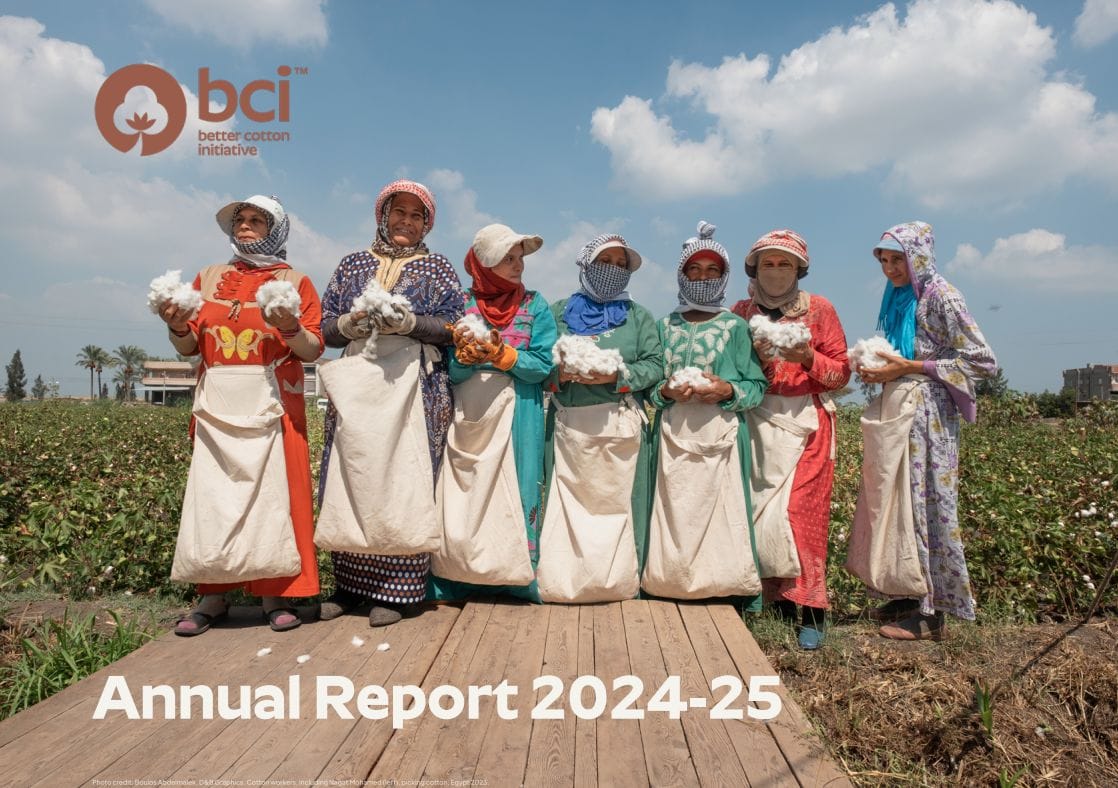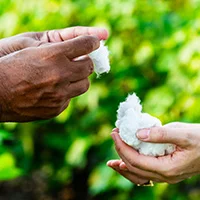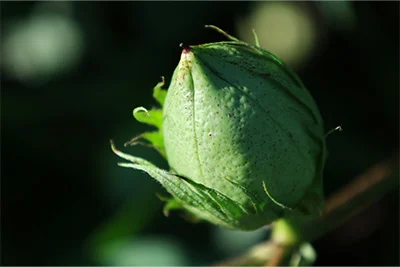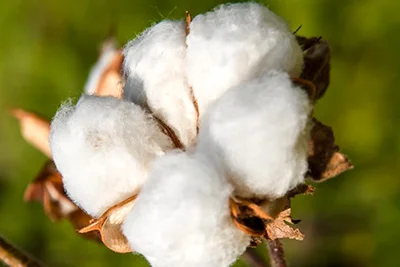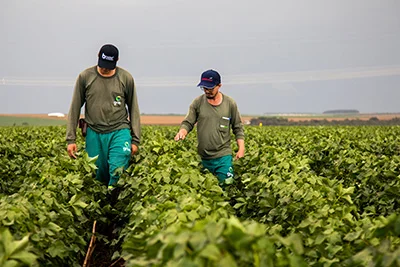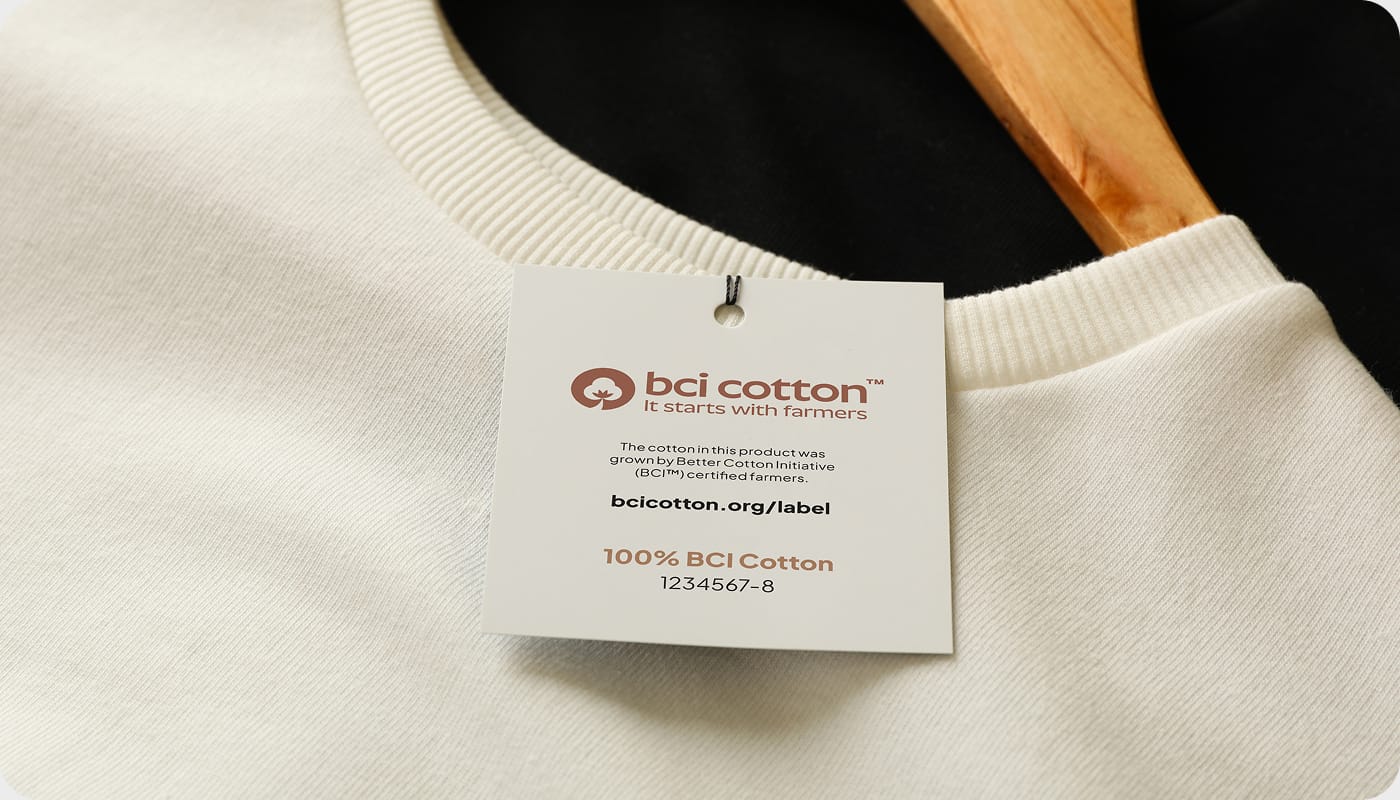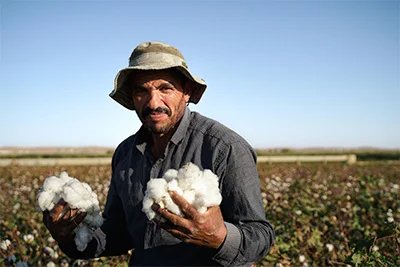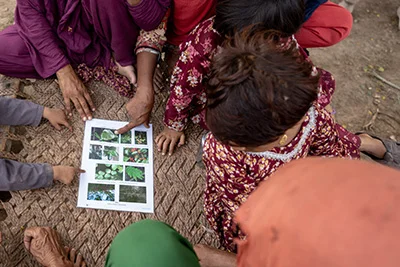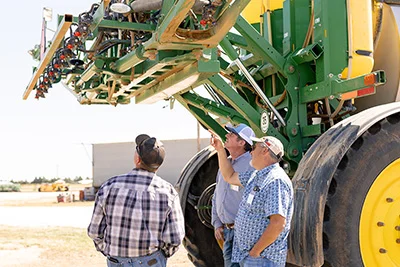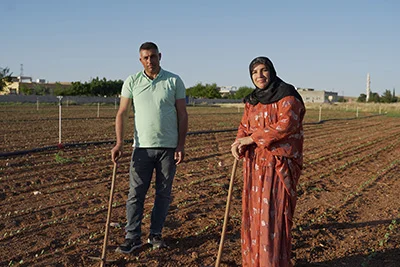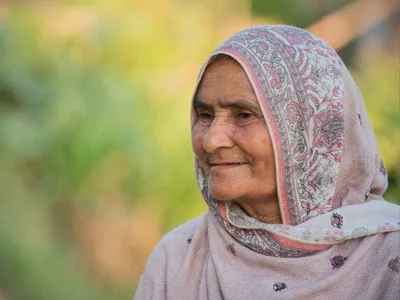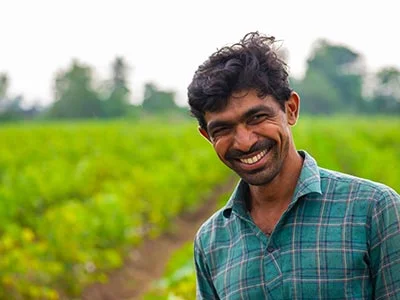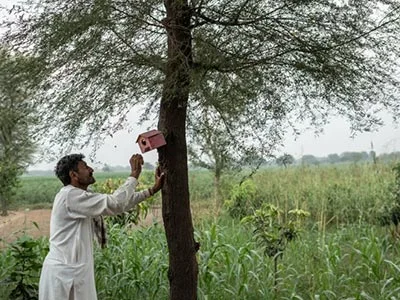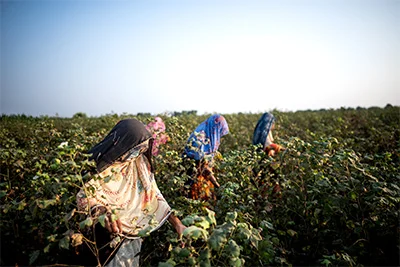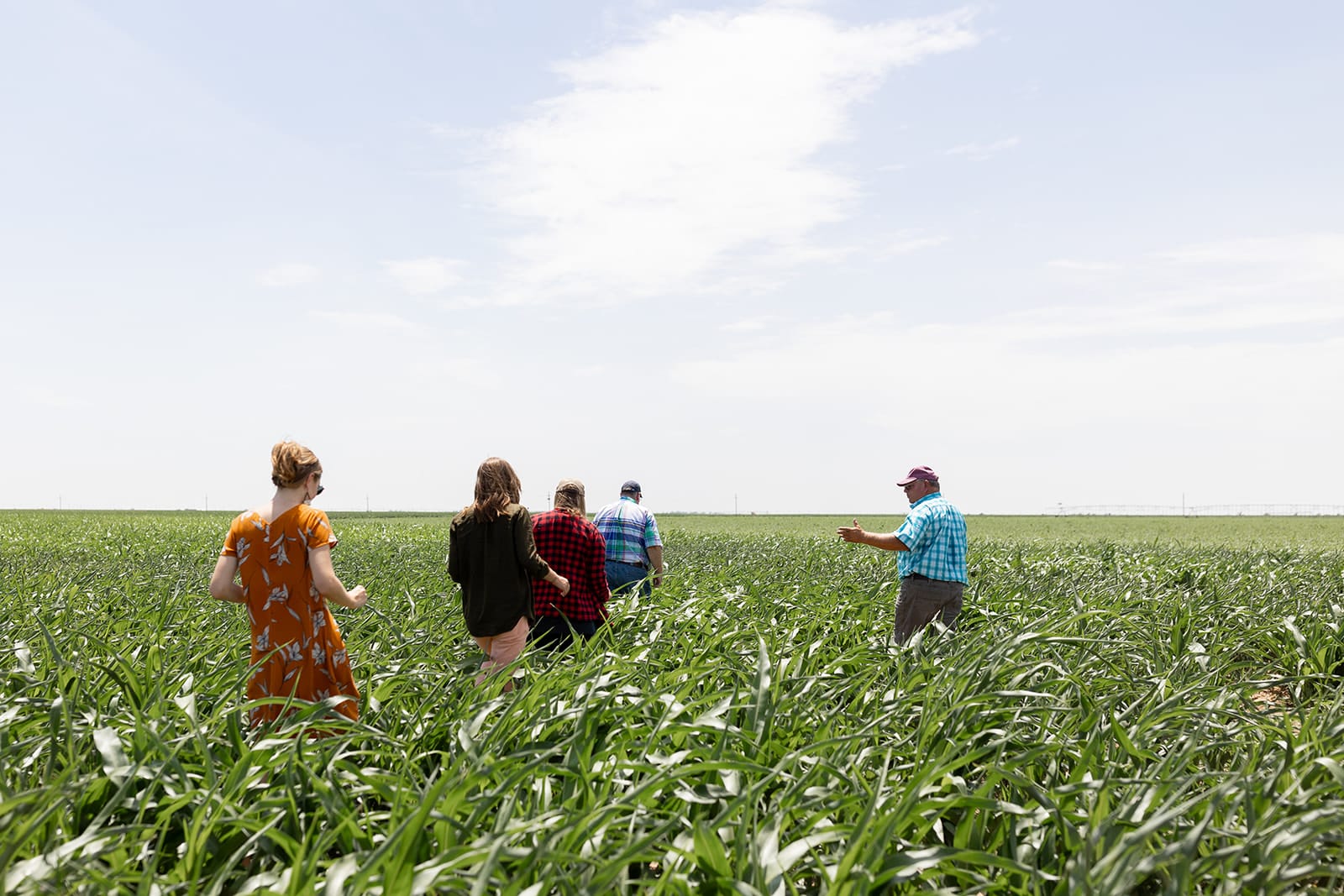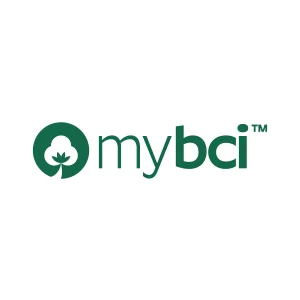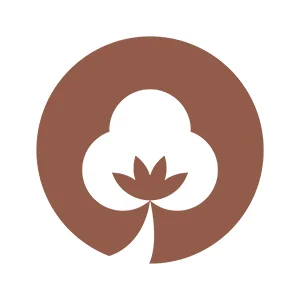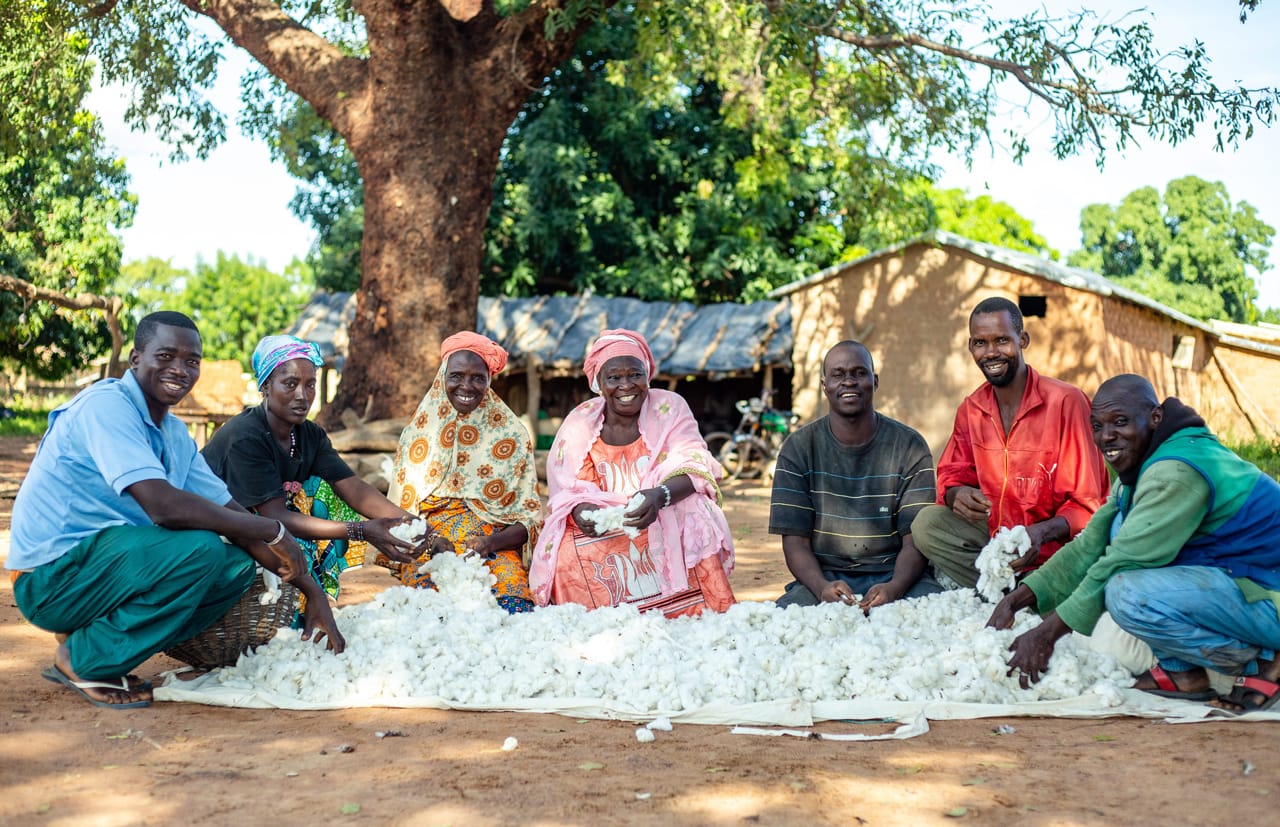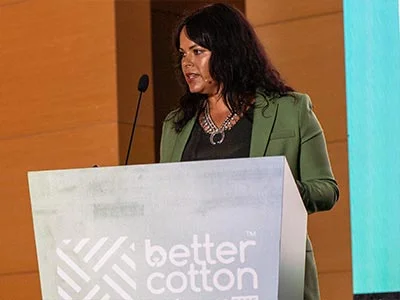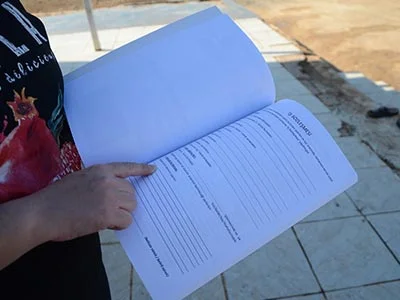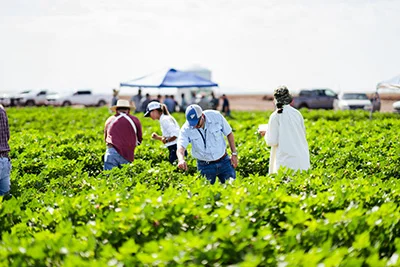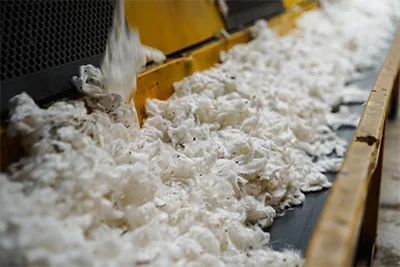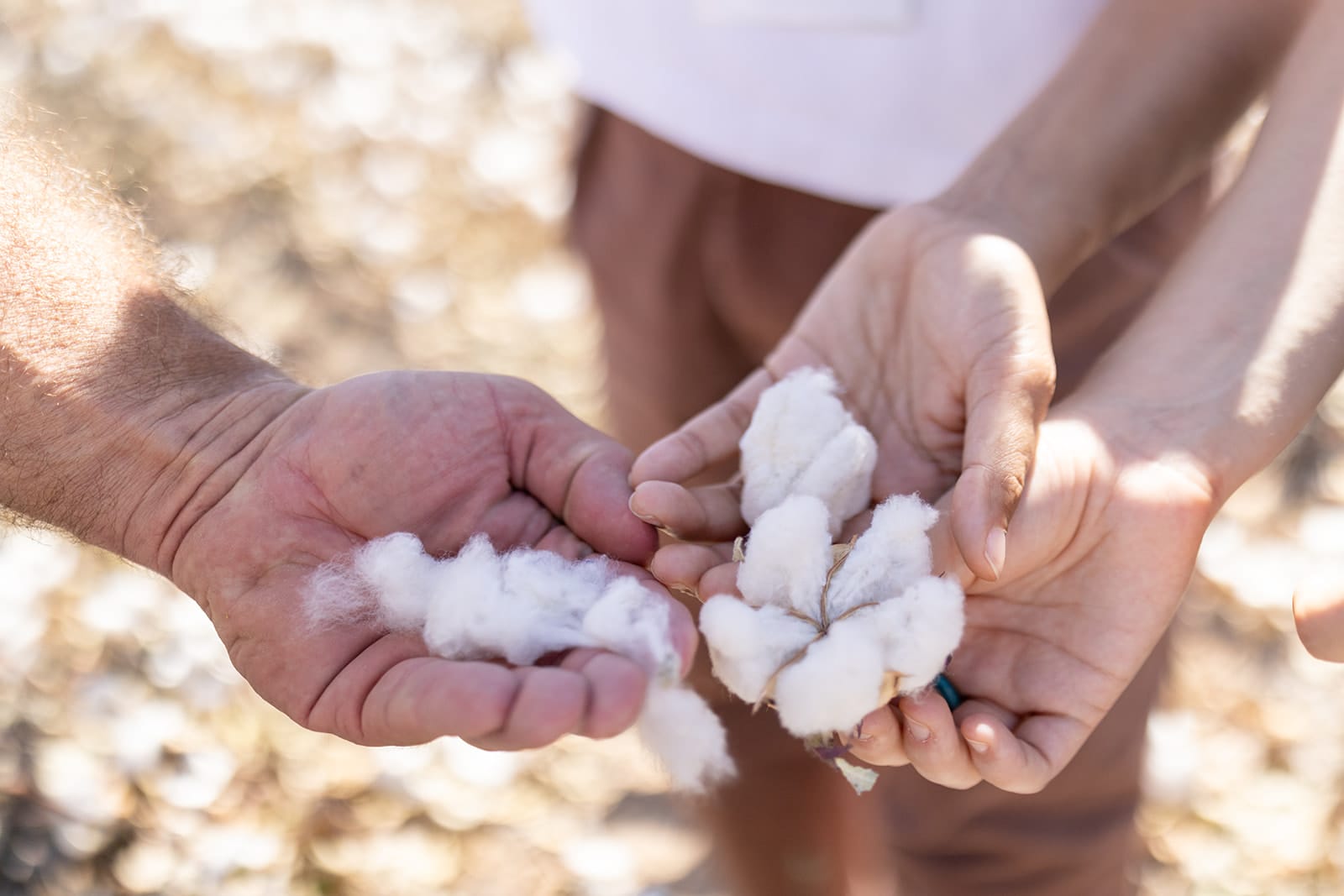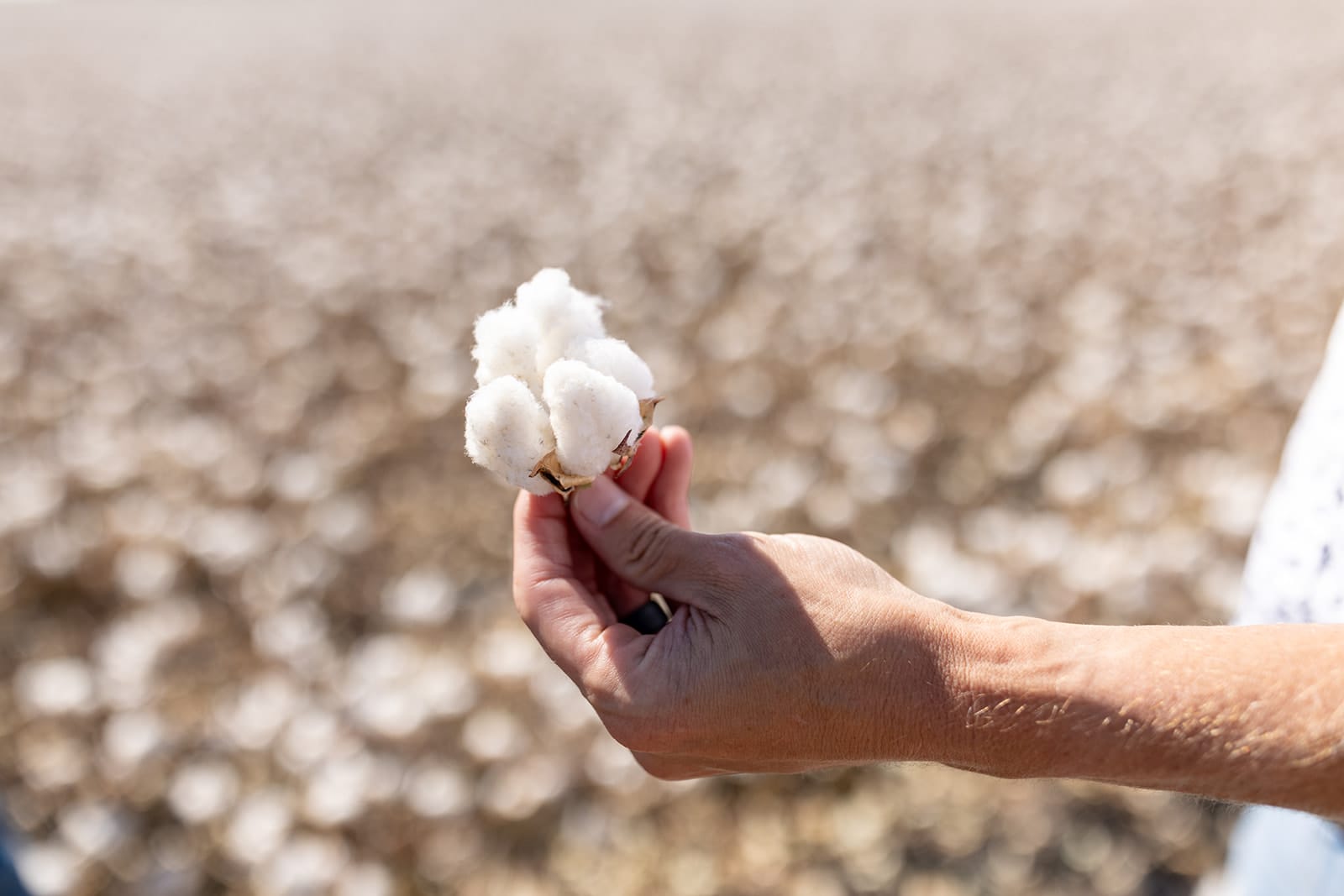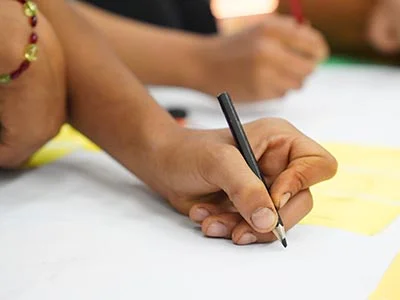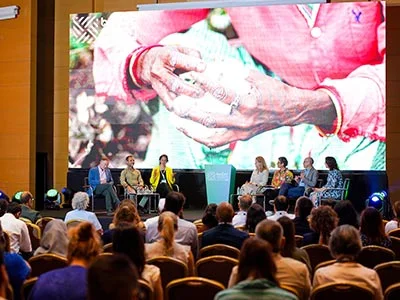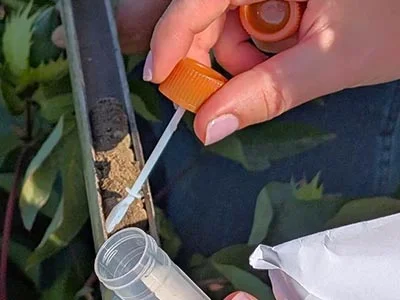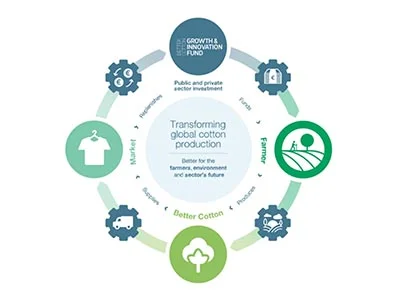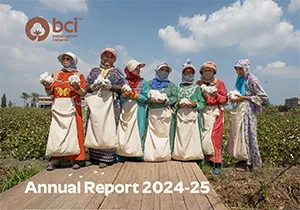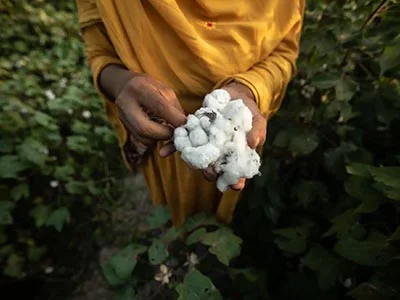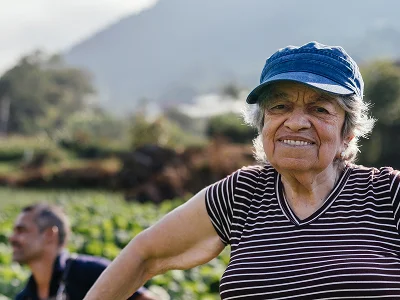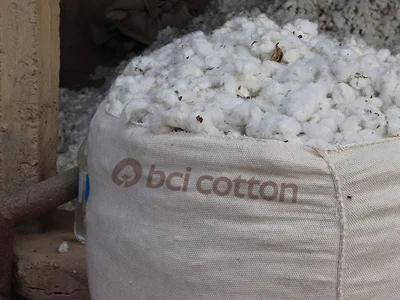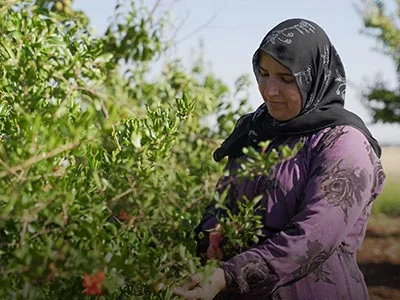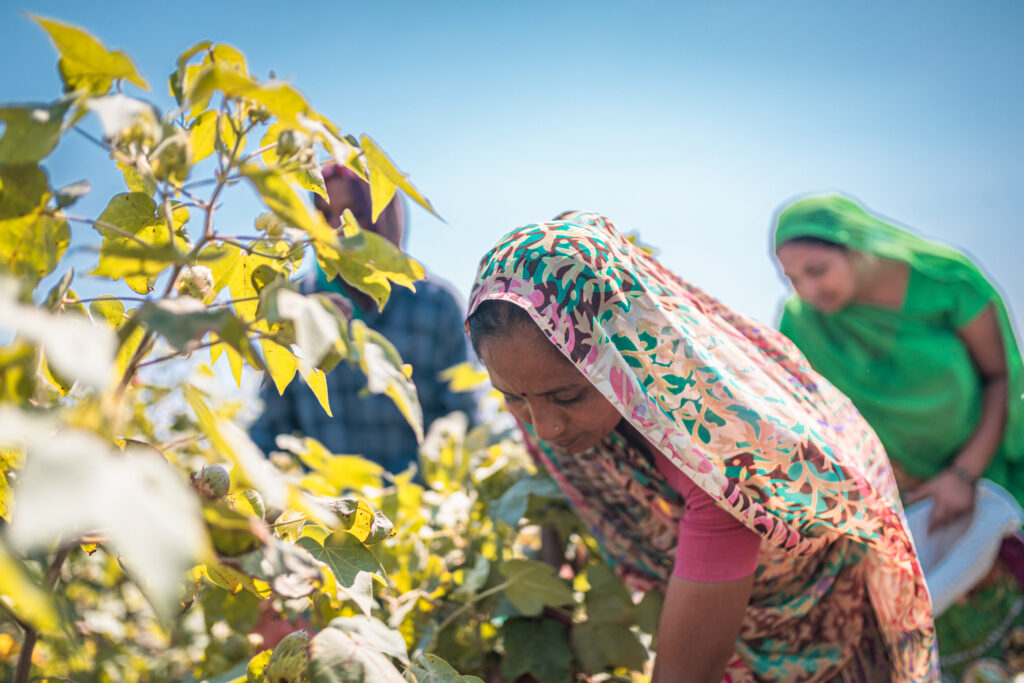

Location: Kodinar, Gujarat, India. 2019.
ISEAL has published version 2 of its Sustainability Claims Good Practice Guide, a critical resource for sustainability systems across industries, and Better Cotton is proud to have taken part in its consultation process. Our contributions, alongside the ones from other organisations in the sector, have helped shape this latest update, contributing to a shared commitment to strengthen the credibility and transparency of sustainability claims globally.
The guide outlines key good practices for sustainability systems in the management of claims and labels in a responsible, accurate, and trustworthy way. For people and organisations working with complex supply chains and diverse stakeholders, this document plays a vital role in ensuring that public-facing claims reflect both the substance of the work and the integrity of data.
As sustainability communication continues to evolve, tools like this guide help ensure we remain aligned with current and emerging expectations from regulators, businesses, and consumers alike.
What’s New?
Version 2 of the ISEAL guide has been updated to reflect the realities of today’s sustainability landscape. This includes consideration of recent regulatory developments, such as new laws and standards concerning green claims, as well as the increasing role of digital platforms in sustainability messaging.
With more claims being shared across websites, social media, and other online channels, the update helps sustainability systems adapt their communications to remain transparent and credible in a fast-paced digital world.
The guide also features expanded guidance on the wide range of claim types that organisations might use, such as product-related claims, organisational claims, or performance-based claims. It offers clear recommendations on how to develop, manage, and monitor these claims in a way that minimises risk and upholds public trust.
Importantly, this version is fully aligned with the ISEAL Code of Good Practice, which means it reinforces consistency and best practices across sustainability systems. This alignment ensures that claims are not only accurate but also made within a structured, standardised approach to sustainability assurance.
To make the guidance even more actionable, the update includes a new tool: the “What & Why Clauses” quick reference document. This is a checklist-style summary that breaks down the guide’s core components into digestible, practical elements, making it easier for scheme owners and their partners to apply the recommendations in real time.
Relevance for Better Cotton
This updated guidance comes at a particularly timely moment for Better Cotton, as we continue to strengthen our own Claims Framework. By ensuring that our claims align with the latest industry-wide expectations and best practices, we can provide greater clarity and confidence to all those who engage us, from retailers and brands to farmers and consumers.
Our participation in the consultation process was an important opportunity to bring our perspectives to the table and help shape a guide that serves the diverse needs of the sustainability community.
As sustainability claims face increasing scrutiny, from regulators, media, and consumers alike, the need for credible, consistent, and transparent communication has never been more important. This update to the Sustainability Claims Good Practice Guide offers a timely and practical resource to support those working to improve sustainability practices and strengthen trust across supply chains.
To explore the full guide and access supporting materials, please visit the ISEAL website.

